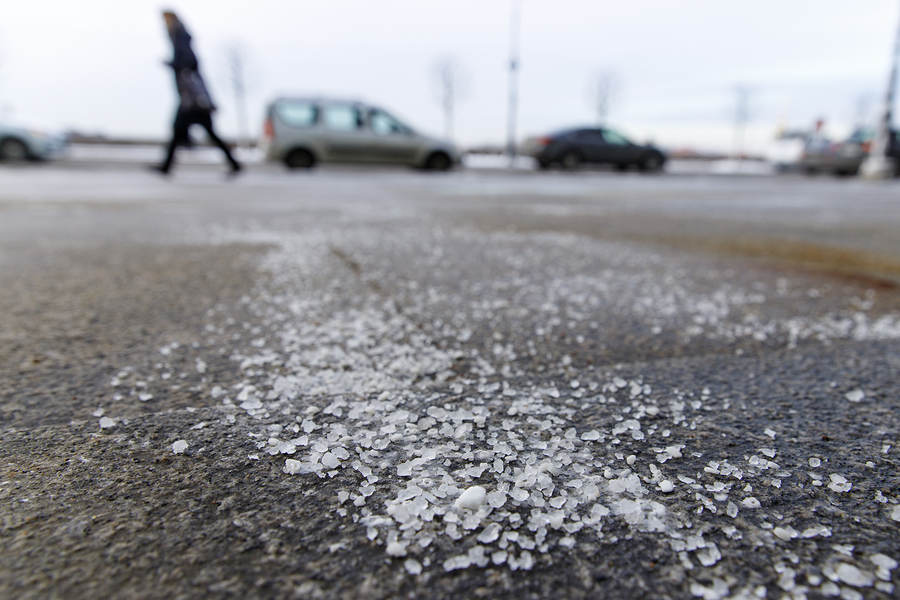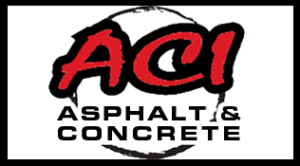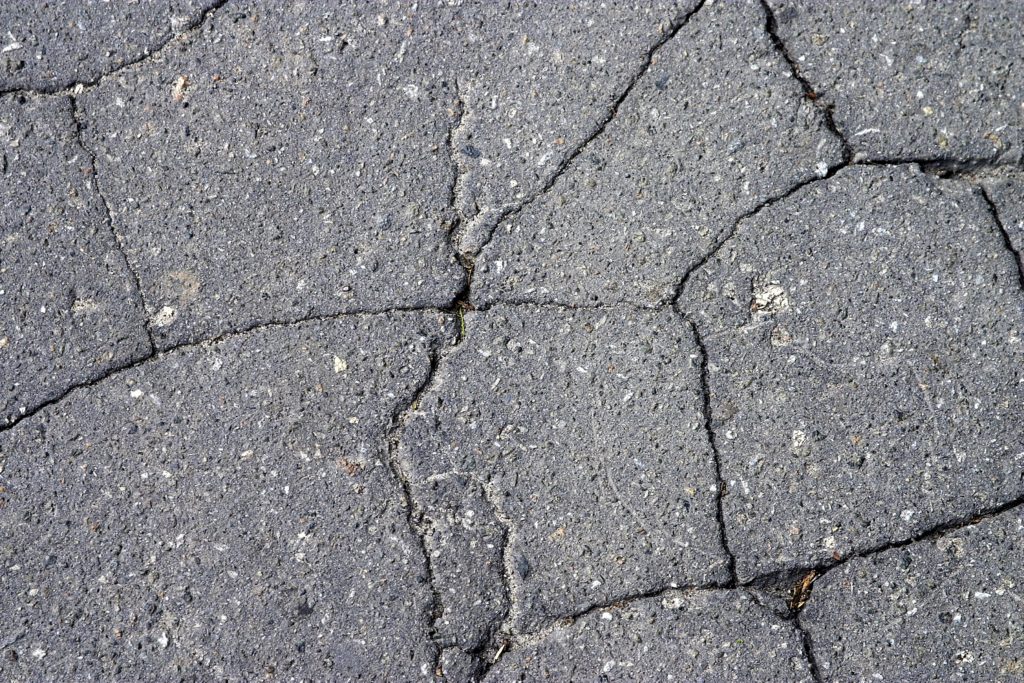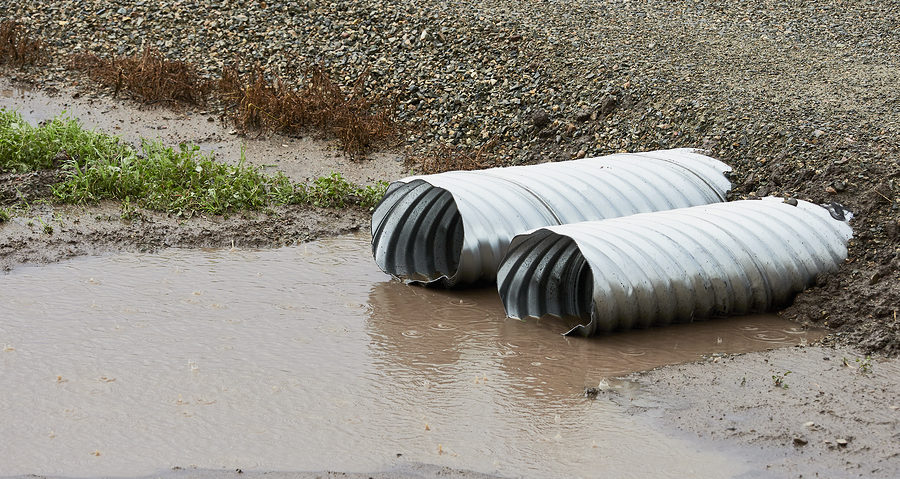In most cases of developing or restoring a property, pavement is going to be an important factor. From sidewalks and driveways, to patios, parking lots, ADA ramps, and more, paving generally plays a large role in real estate construction and renovation. This time of year, proprietors are asking questions about pavement installation, including which paving material is a better choice for winter weather conditions.
Continue reading to find out what you need to know about choosing a paving material for your construction project this season.

Asphalt or Concrete?
The two primary categories of pavement are asphalt and concrete, both of which retain separate qualities and properties, as well as, contain a list of sub-categories of paving materials. It is important to understand the differences and similarities among the paving options available to choose the best material for your property.
Asphalt Options
There are three main types of asphalt materials to choose from. These include hot-mix asphalt, cold-mix asphalt, and UPM asphalt. There is also warm asphalt mix.
Hot mix asphalt is poured at a high temperature of 300 to 350 degrees Fahrenheit, and is only applied when outdoor temperatures exceed 40 degrees Fahrenheit because it cools so rapidly. In the United States, it is the most common method of asphalt paving used for high-traffic pavements like highways, roads, interstates, and more.
Warm mix asphalt is manufactured and shipped at lower temperatures, usually between 200 and 250 degrees Fahrenheit, and it has a slower cooling rate than HMA. This means it can be used in colder seasons or climates for road, highway, and interstate construction.
Cold patch asphalt is emulsified in water using soap, and then mixed with an aggregate, usually concrete, to render a stronger, more durable paving material. It is mostly used to fill potholes on a year-round basis. There are various grades, all designed for specific climates. There is a specially-formulated winter grade for temperatures of 40 degrees Fahrenheit or below, a spring and fall grade for temperatures between 40 and 60 degrees Fahrenheit, and a summer mix for temperatures between 60 and 80 degrees Fahrenheit.
UPM® permanent patching material is manufactured by the company, Unique Paving Materials, hence the acronym “UPM.” Although one of the most popular products, there are various brands offered on the market aside from UPM® permanent patching material, such as EZ Street® and Aquaphalt®.
Concrete Options
There are several different types and grades of concrete available. The type chosen depends on the application and similar factors. Common concrete options include normal strength concrete, plain or ordinary concrete, reinforced concrete, pre-stressed concrete, precast concrete, light-weight concrete, high-density concrete, and air-entrained concrete. Grade options range in ratios of cement, sand, and aggregates, from M5 to M70.
Talk to a Paving Professional in Indianapolis
Call ACI Asphalt and Concrete at 317-549-1833 for commercial and municipal paving services in Indianapolis, Indiana. Our licensed and qualified paving contractors provide several Indianapolis asphalt and concrete paving services, including pavement repair, sealcoating, road work, commercial paving, industrial paving, winter cold patching, and more. We are the industry veterans to trust for skilled craftsmanship and competitive prices! Request a free estimate, today.






